One of the most important aspects of game design is creating a unique and compelling environment for the player. This environment must be convincingly real in order to create a sense of immersion, but it must also be carefully balanced in order to provide an enjoyable and challenging experience.
There are a number of factors that need to be taken into account when designing a game environment, such as the overall look and feel of the world, the placement of obstacles and enemies, and the availability of resources.
In addition, it is important to consider how the environment will change over time, as this can impact both the gameplay and the player’s emotional state. Creating a good game environment is a complex task, which is often trusted to a game environment design service agency, but it is essential for delivering an enjoyable gaming experience.
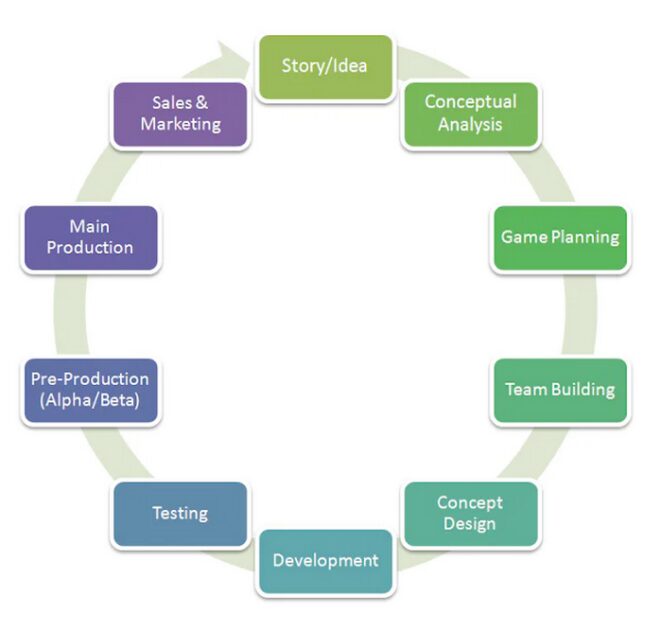
When it comes to game environment design, there is a lot that goes into the process. For starters, the game environment has to be designed in a way that is visually appealing and immersive. Additionally, it needs to be functional and user-friendly, while also being able to support the game’s mechanics.
All of this requires a team of specialists with different skillsets, from 3D modelers and animators to level designers and game programmers. In other words, creating a game environment is no small feat. However, the end result can be incredibly rewarding, both for the players and for the development team.
1. Blocking out
When game developers set out to create a game environment, one of the first steps is known as “blocking out.” This involves creating placeholder assets for the game’s major objects and geometry, in order to get an early sense of how the environment will look and feel.
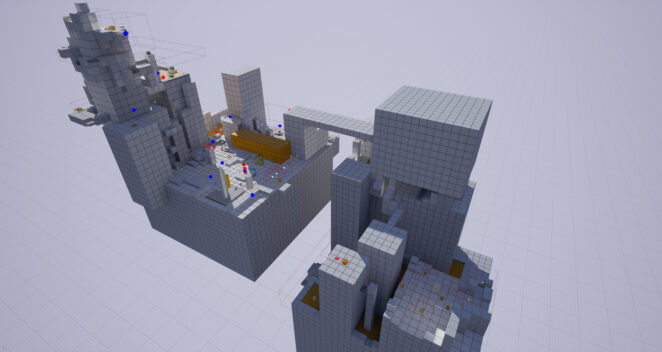
The goal of this stage is to establish the game’s overall look and layout, so that subsequent stages of development can build on this foundation.
To achieve this, game developers typically use simplified models and textures, which can be replaced with more detailed versions later on. In addition, the blocking-out stage is also used to test game mechanics and make sure that everything works as intended.
By taking these steps, game developers can ensure that the game environment meets all of the necessary requirements as well as make sure that the overall composition works well together.
Even though everyone understands that the blocking-out stage is a critical step in any architectural rendering, it is easy to make mistakes at this stage which can be extremely difficult to fix later on.
Common mistakes include failing to account for the perspective of the viewer, using too many or too few blocks, and creating overly complex blocks. To avoid these mistakes, it is important to take your time and plan each block carefully. Experiment with different arrangements until you find one that feels right.
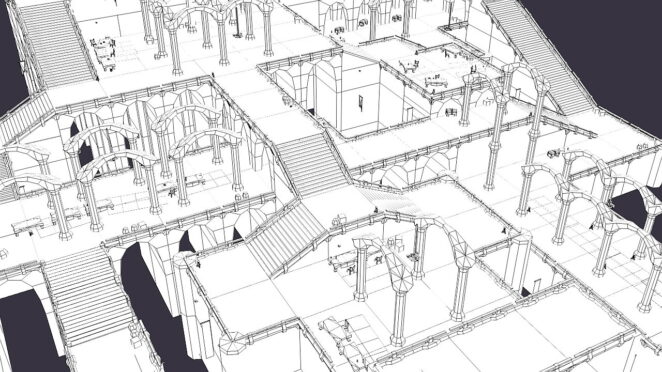
Once you have your blocks in place, take a step back and view the scene from different angles to make sure that everything looks correct from all perspectives. By taking these precautions, you can ensure that your blocking-out stage is successful and that your final rendering will be accurate and effective.
2. Detailing
When creating a game environment, the second stage is detailing, which deals with medium and small game assets. This stage is important because it helps to create a more realistic and believable world. To go about this, designers need to consider the overall art style of the game and then decide on the level of detail for each asset.
For example, a cartoon-style game would have different requirements than a realistic first-person shooter. Once the level of detail has been decided, designers can then begin to create the assets. This stage can be time-consuming, but it is essential for creating a high-quality game environment.
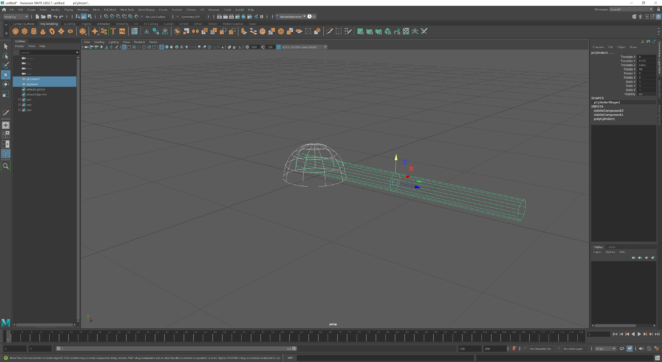
While the detailing may seem like a simple task, there are a few common mistakes that can easily occur. One mistake is failing to properly scale the game assets. This can often happen when using premade models from online libraries. It is important to take the time to ensure that all the game assets fit together seamlessly.
Another mistake is adding too many details. This can make the environment appear cluttered and confused. It is important to find the right balance between too much and too little detail. By taking care to avoid these common mistakes, you will be well on your way to creating stunning game environments.
3. Post-processing and lighting
The post-processing and lighting stage of game environment creation is the final stage in the process. The goals of this stage are to add finishing touches to the environment and to make sure that the environment is properly lit.
Specialists who are involved at this stage include artists and lighting designers. Artists work on adding finishing touches to the environment, such as adding details or textures. Lighting designers work on making sure that the environment is properly lit. They take into account factors such as the time of day and the weather conditions when they are lighting the environment.
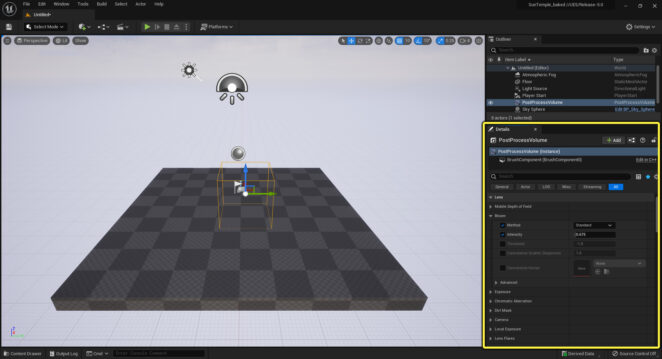
One of the most important aspects of game environment creation is post-processing and lighting. This stage can make or break the final look of the game. Unfortunately, it is also one of the most difficult stages to get right. There are a few common mistakes that can ruin the whole process. One mistake is using too much post-processing. This can make the game look fake and unnatural.
Another mistake is using post-processing effects that are not appropriate for the game’s art style. Another mistake is not using enough lights or using lights that are too bright. This can make the game look flat and uninteresting.
Finally, another mistake is using light sources that are not realistic. This can again make the game look fake and unnatural. To avoid these mistakes, it is important to find a balance between post-processing and lighting that works well for the game’s art style. It is also important to use lights that are appropriate for the game’s setting and that create a realistic effect.
Final thoughts
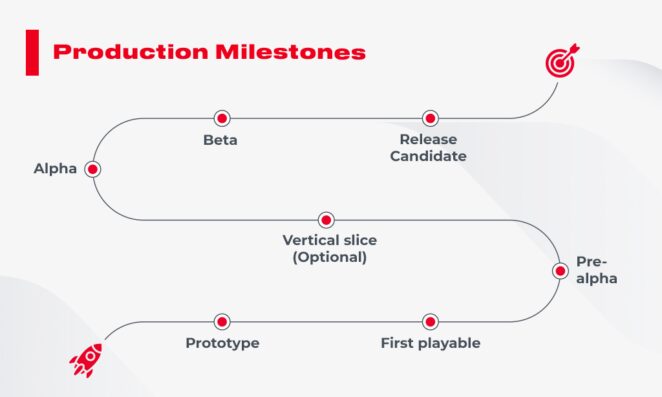
While it is possible to create a game environment on your own, it can be difficult and time-consuming. It is always a good idea to consider using a game environment design service to help you create a high-quality and believable world for your players.
By working with professionals who have years of experience in this field, you can rest assured that your game will look great and be fun to play.




